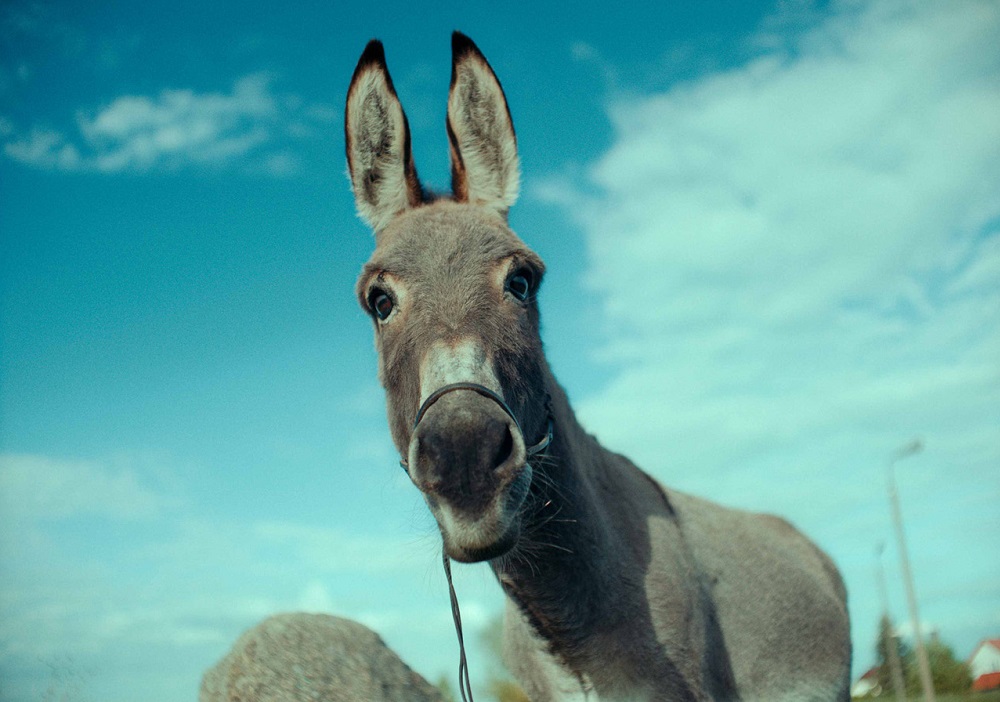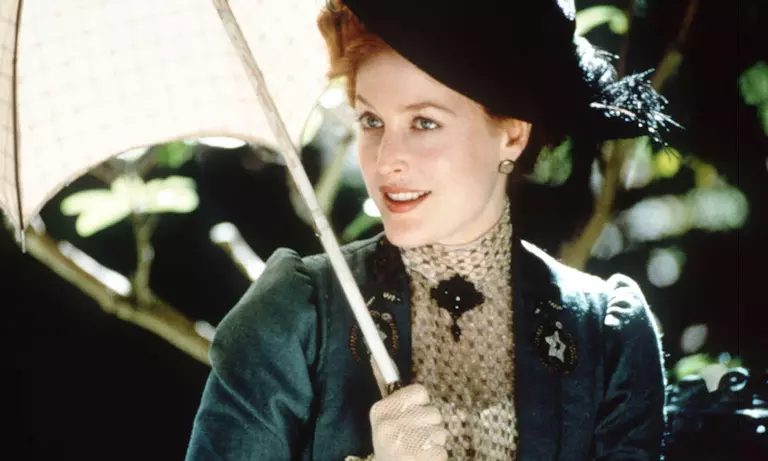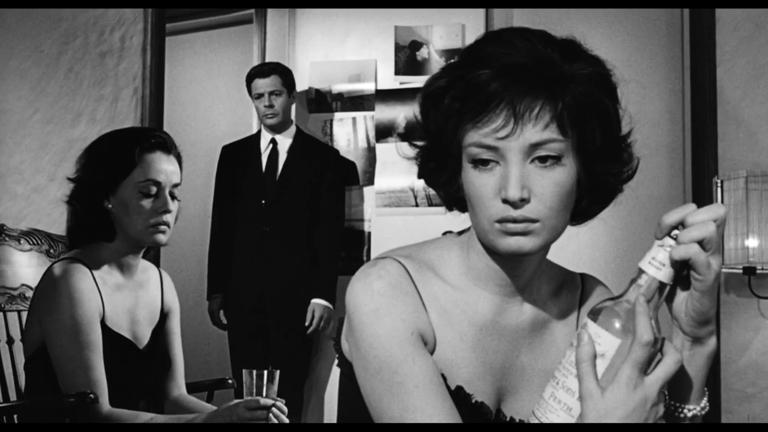
Cast: Hola, Tako, Marietta, Ettore, Rocco, Mela, Sandra Drzymalska, Lorenzo Zurzolo, Isabelle Huppert
Review by Colin Dibben
As the credits roll, EO (played by 6 donkeys over the course of the film, namely Hola, Tako, Marietta, Ettore, Rocco, Mela) is a circus animal who performs a strange avant-garde piece dealing in themes of death and rebirth, with a woman whose stage name is Kasandra (Drzymalska).
When the circus goes into receivership, EO and Kasandra are separated and EO is sold as a light-haulage animal. EO works in a thoroughbred horse stable and on a donkey farm but appears unhappy and escapes. EO discovers a wider world of nature but also, unfortunately, uncaring and violent humans. Please don’t come to this expecting a happy ending, although the end is thankfully off screen.
Skolimowski and collaborator Ewa Piaskowska stress that this is a film with the best interests of animals at heart. Of course, no animals were mistreated or hurt in the production – although there are scenes of mistreatment and containment – but the film also attempts to represent the experience and emotions of the animal actors. This isn’t just anthropomorphic hubris: there’s a recognition in the play-off between humanly identifiable emotions and EO’s ‘poker face’ that this is an impossible if necessary task.
The agency of the donkey actors was built into the script in a sort of animal improvisation. There’s a scene in which EO looks through a shop window at an aquarium (more captive animals). During the shoot, EO started eeh-awing loudly, possible at their own reflection, which is interesting as reflections and reflective surfaces play a big part in the film.
The idea was to use Pawel Mykietyn’s score to describe EO’s emotional life. I’m not totally sure it does that; a bit like the camera work with its strobing, red lighting at key points, the music seems to have a formal existence of its own. Not that there’s nothing wrong with that.
EO sometimes appears to be looking for affection or remembering affection, to be pissed off by noisy horses or other donkeys or by humans torturing small animals. Sometimes EO just wants to be on the move. But, of course, we cannot know what motivates EO, and this is their power. EO isn’t acting, they are just being themselves.
Kasandra and Italian posh boy Vito (Zurzolo) are symptomatic of what humans do, in projecting their emotions and affections onto an animal. But EO is always more or less unreadable, always only what EO is. And this gives EO a sort of excessive presence, that susceptible humans feel a moral urgency to recognise.
EO’s big eyes do a lot of heavy lifting, so too does EO’s muzzle and fur. Donkey eyes reflect the world and make us reflect on our actions. The donkey segues into other non-human agents that have a
reflective and reflexive power, not just other animals such as horses, wolves, pigs, but also machines: a robot back-flipping in a mirrored space and a camera drone flying over a forested landscape. The camera often imitates a human imitation of animal vision, for example when it runs along just above the ground or presents us with EO’s point of view.
There’s lots to think about in EO, but you can also just lose yourself in those big, serious eyes. Be prepared to shed a tear at the mundane turn the film takes in its abrupt but well-considered end.
Trailer:
EO is out on BFI Blu-ray/DVD, DTO and BFI Player SVOD Exclusive release on 3 April 2023







